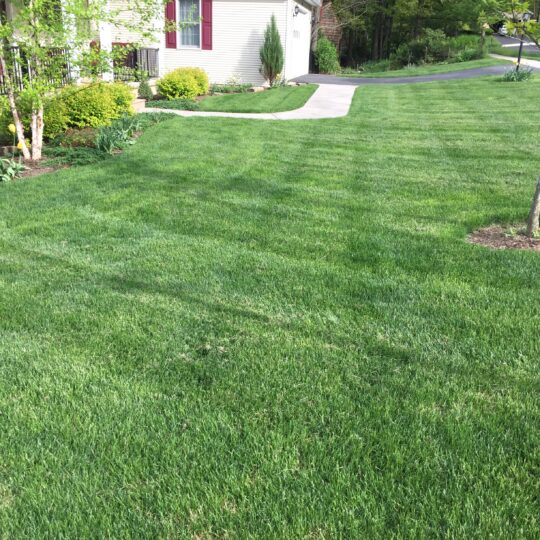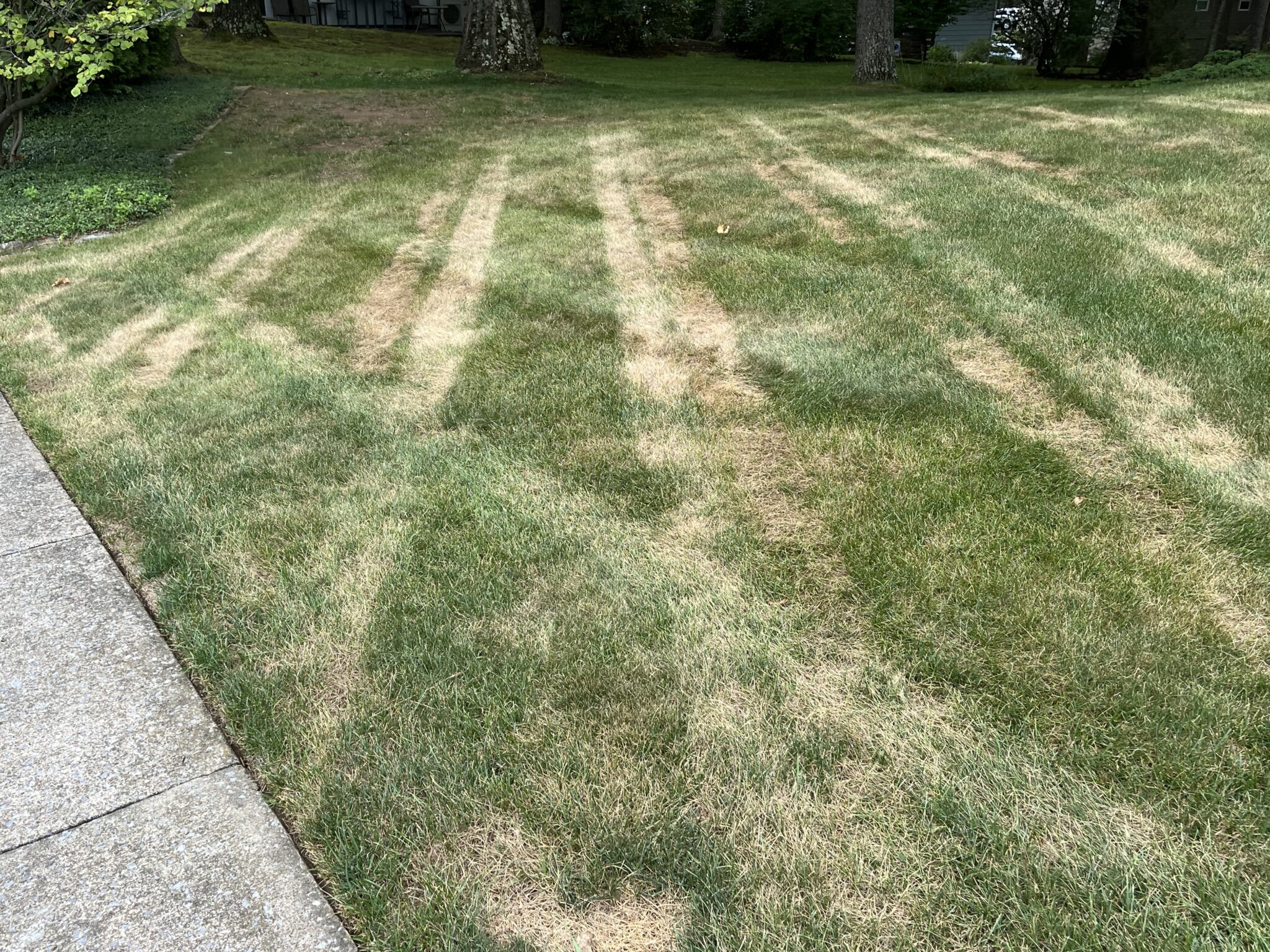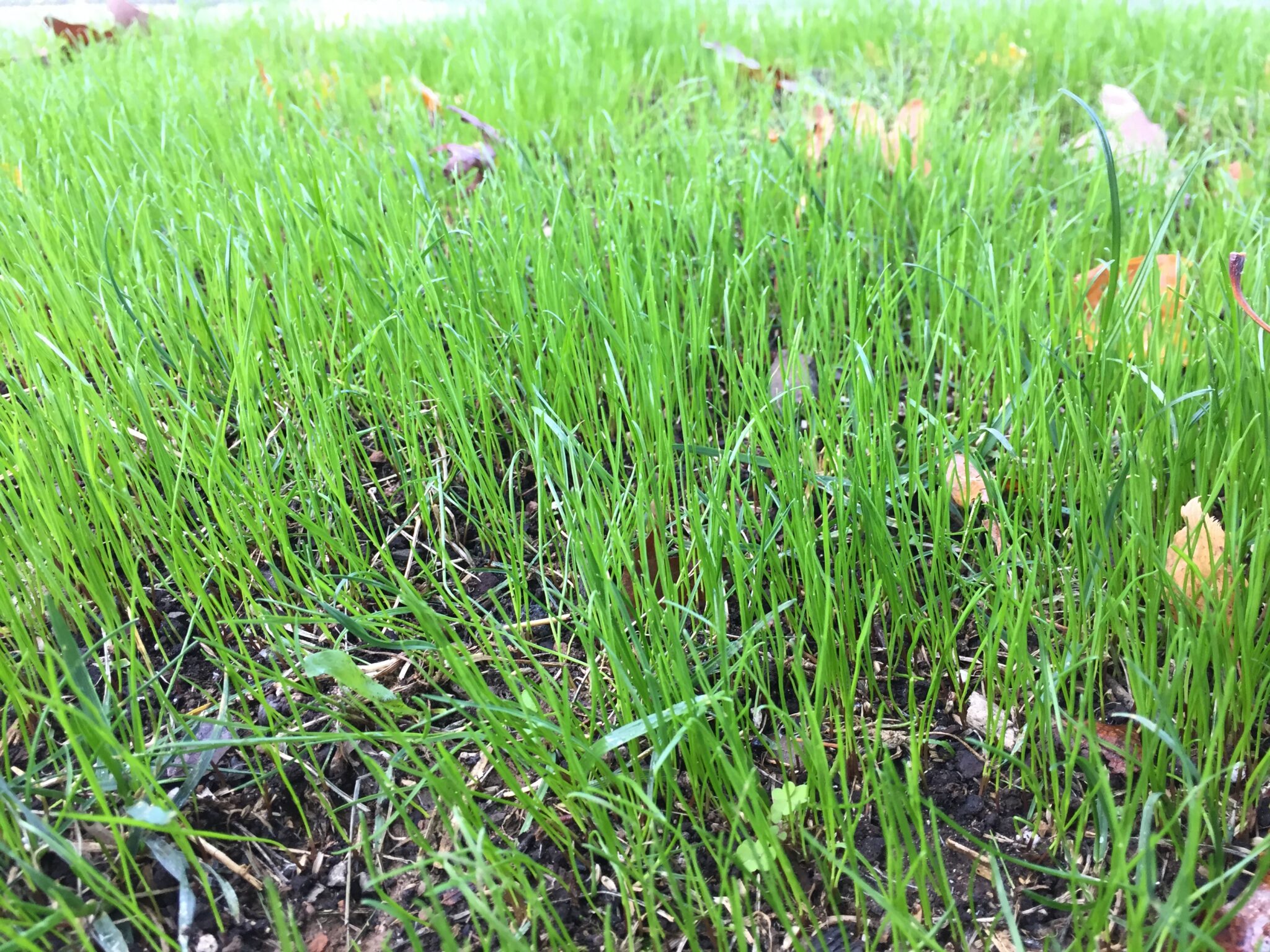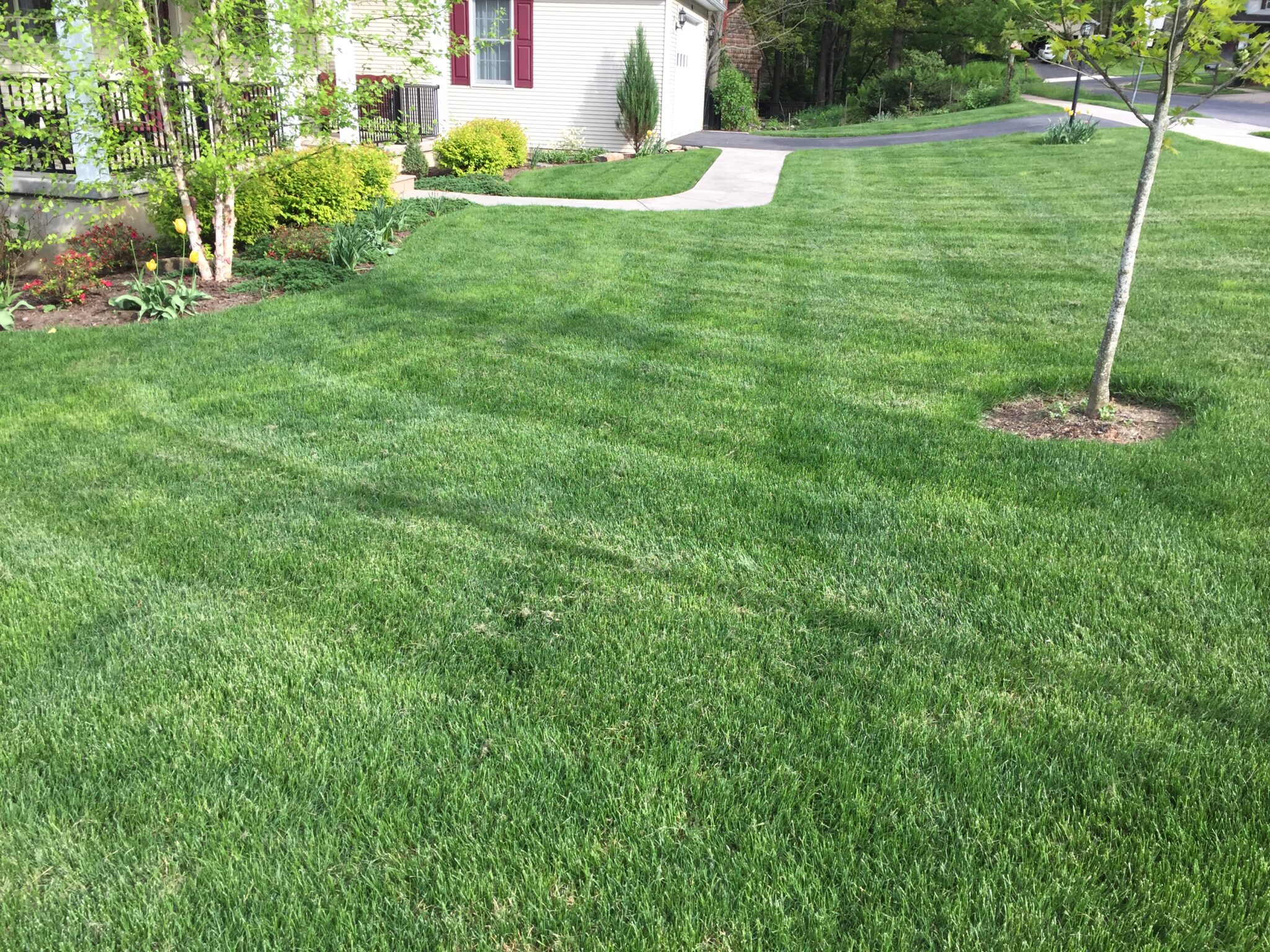Looking Ahead to the 2026 Growing Season
Green Image Season-end Overview

I will begin the final article of the 2025 growing season with a summary of weather trends and how they influenced the condition of lawns in our region, then discuss fall maintenance and turf recovery, and conclude with the outlook for spring of 2026.
Summary of 2025 growing season
The spring of 2025 began with cool, wet weather, which helped with recovery of lawns damaged by the late-season drought of 2024. Predictions by the National Weather Service of a wet and warm summer in 2025 were realized in June and July. These conditions led to more weed and disease issues than in previous dryer summers. Two of the more prevalent weed problems were crabgrass and nutsedge. Both weeds are favored by summer rains, which promote germination of seeds and nutlets. Also, moist, warm soils hastened breakdown of herbicides, thereby allowing a flush of late emerging weeds. Warm season diseases, such as brown patch and dollar spot, were more common this year than in previous years due to early to midsummer rains and high humidity.
Fast forwarding to late summer and early fall, a dry period from early August through most of September resulted in some drought injury and mower damage to turf. Timely rains in late September and early October helped plants rebound from the drought and promoted turf seed germination and emergence.

Drought-damaged lawn on sun-exposed slope.
Fall recovery and maintenance practices
The dry conditions experienced in late summer 2025 were somewhat reminiscent of 2024. However, lawns tended to show less damage this year due to more moderate temperatures and regular midsummer rains thus, turf was better able to withstand the late-summer drought. Still, some turf growing in compacted soils, highly trafficked areas, and on southern slopes died out and needed reseeding. Although there’s no easy fix for lack of rainfall, curtailing mowing when turf is under drought stress and not growing can help to avoid further damage.

Mower wheel-track injury on drought-stressed lawn.
Lawns that received aeration, fertilization, and seeding during September and October are generally looking uniform and vigorous. Annual fall aeration helps loosen soil for better root growth, reduces thatch accumulation, and promotes moisture penetration and drainage. Aeration also allows better movement of fertilizer and lime into the soil, thereby stimulating root production and seedling development.

Seedling emergence following overseeding in September. Seedlings may be a little behind schedule in some lawns due to late-season drought but should be in good condition going into winter.
The last important maintenance practice of the season is a winterizer (late fall) fertilizer application. Late fall fertilization helps to promote root growth, build-up of carbohydrate food reserves, and facilitates early spring green-up.
Looking ahead to spring of 2026
Good growing conditions and maintenance practices this fall bode well for dense, healthy lawns next spring. Because crabgrass was more prevalent in 2025, applications of crabgrass preventer along with fertilizer will be important this coming spring. A regular mowing schedule to prevent excess grass clippings and scalping will create healthier turf going into the summer months. Lawns that are regularly aerated and seeded to turf-type tall fescue should experience better tolerance to summer drought and diseases.

Good growing conditions and maintenance practices this fall bode well for dense, healthy lawns next spring.